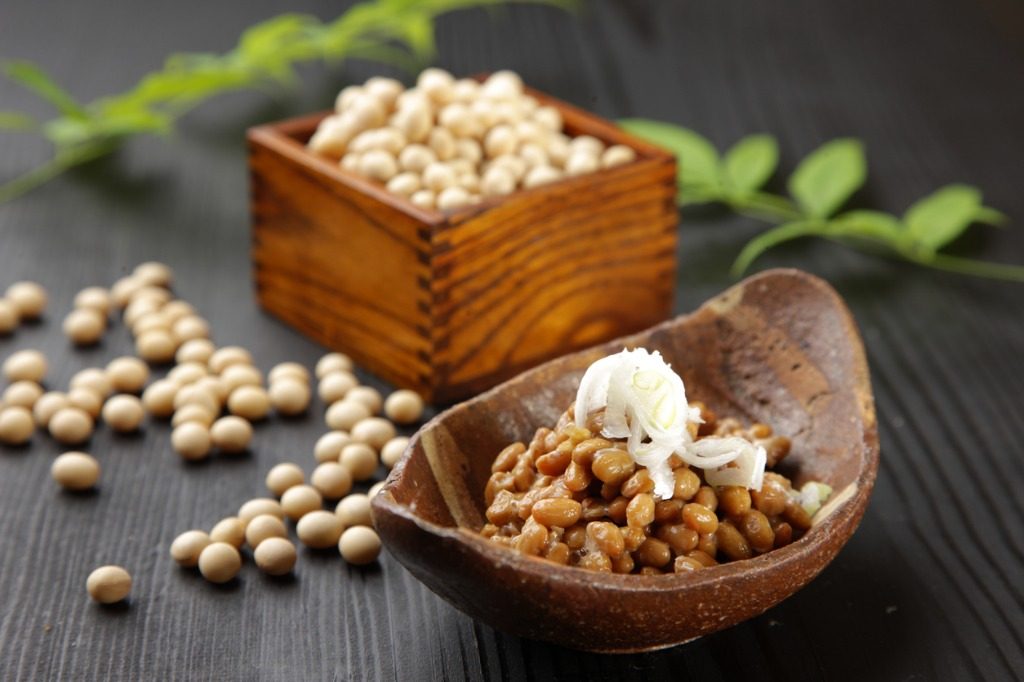What are Natto Beans?
I’m a fan of fermented foods. I incorporate kombucha, kimchi, kefir, and miso into my diet regularly and am relatively open to exploring other fermented foods. I stumbled across Natto and was extremely fascinated by this interesting, albeit pungent food. Its smell can be characterized as anywhere from old socks, to rotten cheese. (Adams, 2018) Yum! I would describe the foul-smelling soybeans in appearance as stickier, and slightly slimier pinto beans. Furthermore, natto is made from preparing soybeans that are fermented, which definitely explains it’s lovely odor. Bacillus Subtilis is the Natto bacteria that’s used to prepare the stinky soybeans. Natto is originally a Japanese dish that’s been around for many centuries. It’s traditionally enjoyed along side rice and topped with soy sauce and various other toppings and condiments.
Natto has quite a few health benefits. It’s beneficial for your digestion, may aid in making your bones stronger, and is beneficial for heart health. (Petre, 2017) It’s also packed with nutrients such as protein, iron, magnesium, and Vitamin K. (Adams, 2018)
Natto can contain between one million to one billion colony forming bacteria per gram. (Wei, Wolf-Hall, and Chang, 2006) For this reason, it is beneficial for gut health and provides an adequate source of probiotics. If you’re adventurous when it comes to trying new foods and enjoy eating soybeans, it may be worthwhile to wake your palate up and try this intriguing delicacy.
References
Petre, Alina (2017) Healthline. Why Natto is Super Healthy and Nutritious. Retrieved from: https://www.healthline.com/nutrition/natto
Adams, Jose (2018) Natural Food Series. 10 Amazing Health Benefits of Natto Retrieved from: https://www.naturalfoodseries.com/10-benefits-natto/
Wei, Wolf-Hall, and Chang (2006) Journal of Food Science. Natto Characteristics as Affected by Steaming time, Bacillus strain, and Fermentation time Retrieved from: https://doi.org/10.1111/j.1365-2621.2001.tb15601.x



